SOURCE: RAUNAK KUNDE / NEWS BEAT / IDRW.ORG
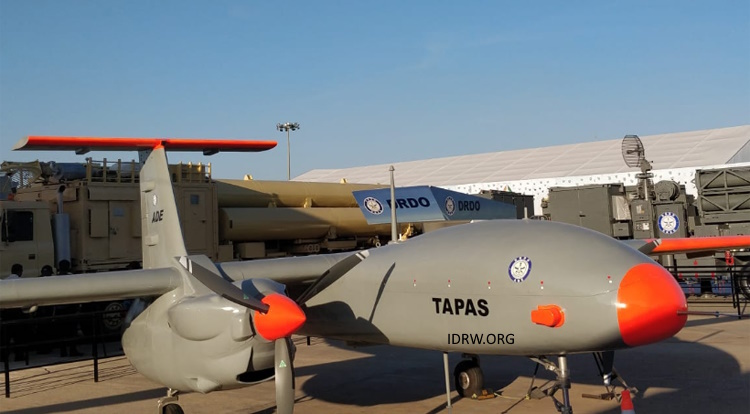

The Defence Research and Development Organisation (DRDO) is gearing up for a crucial test of its Tapas Medium Altitude Long Endurance (MALE) Unmanned Aerial Vehicle (UAV). In the coming months, Tapas will attempt to reach an altitude of 32,000 feet, a significant improvement over its previous performance.
This push for higher altitude capability comes after DRDO implemented weight reduction and drag reduction measures on the Tapas. These modifications aim to enhance the UAV’s overall performance and meet the Indian Air Force’s (IAF) requirements.
Continue readingSOURCE: RAUNAK KUNDE / NEWS BEAT / IDRW.ORG

The US defence industry is ramping up its efforts to secure a foothold in India’s massive military modernization plans. Following its offer to co-develop Stryker-based armoured vehicles, the Pentagon now sets its sights on the colossal Future Ready Combat Vehicle (FRCV) program.
The FRCV project, valued at Rs 57,000 crore, aims to replace India’s ageing fleet of T-72 tanks with 1,770 next-generation combat vehicles by 2030-35. These advanced machines will boast cutting-edge features like Artificial Intelligence (AI), integrated drone capabilities, and active protection systems.
Continue readingSOURCE: RAUNAK KUNDE / NEWS BEAT / IDRW.ORG
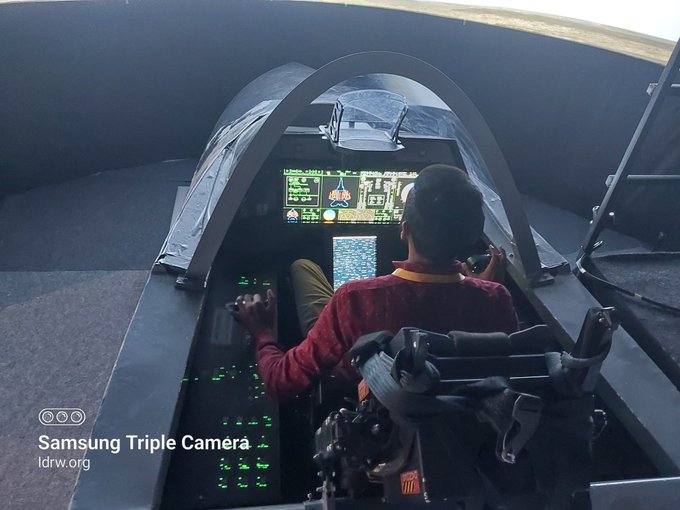

The Indian Air Force’s (IAF) dream of a homegrown fifth-generation fighter jet, the Advanced Medium Combat Aircraft (AMCA), is inching closer to reality. Following approval from the Cabinet Committee on Security (CCS) earlier this year, the development program has received a significant boost.
According to information obtained by idrw, the first prototype of the AMCA is expected to take flight within the next four and a half years, placing its first flight in late 2028. Industry sources have revealed that while the rollout of the first prototype might happen by late 2027 or early 2028, work on the second prototype will progress simultaneously. This ensures the second aircraft is ready to join developmental flight trials by 2029.
Continue readingSOURCE: RAUNAK KUNDE / NEWS BEAT / IDRW.ORG


The Indian Air Force (IAF) is reigniting its quest for a new fleet of helicopters to transport the country’s VVIPs, including the President, Vice President, and Prime Minister. This move comes nearly a decade after the controversial AgustaWestland deal collapsed due to corruption allegations.
The IAF headquarters is currently finalizing the Air Staff Quality Requirements (ASQR) document, which outlines the essential characteristics of the desired VVIP helicopter. This crucial document dictates factors like quality standards, technical specifications, budget constraints, and the level of competition expected from potential bidders.
Continue readingSOURCE: RAUNAK KUNDE / NEWS BEAT / IDRW.ORG
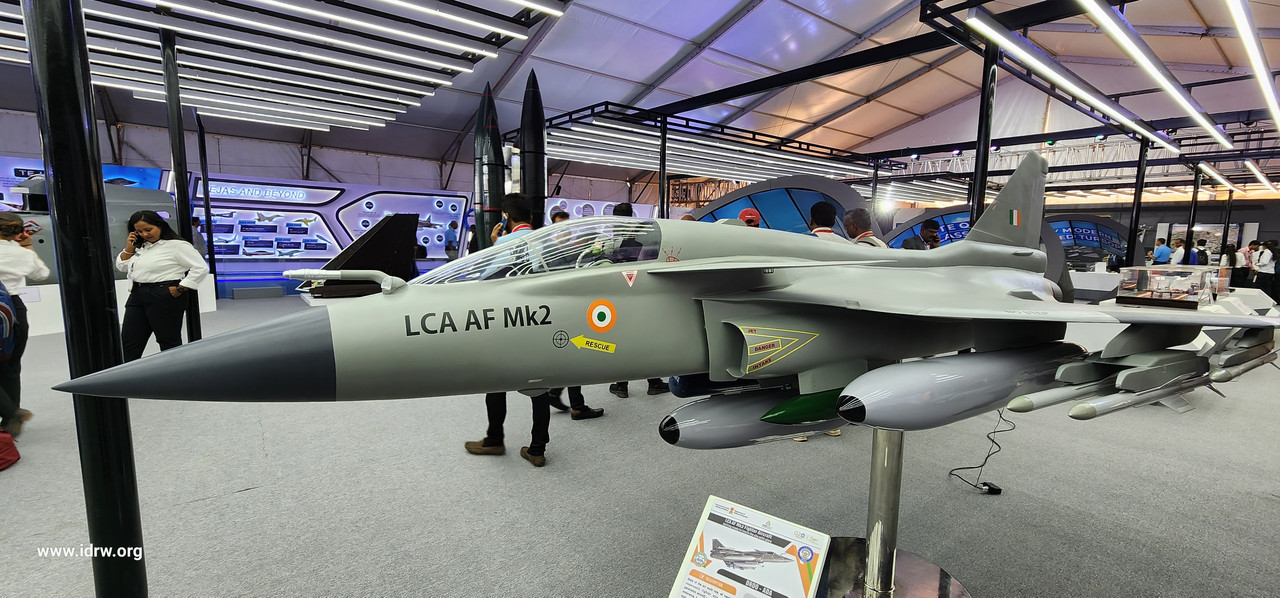

As the battlefield transforms into a digital landscape, modern fighter jets are no longer just marvels of engineering, but integrated weapon systems heavily reliant on sophisticated software. This is precisely why the Indian Air Force’s (IAF’s) Tejas MkII program prioritizes adaptable software as a critical factor for its longevity and combat effectiveness.
Unlike traditional methods where software updates can take months of development and testing, the Tejas MkII program will focus on adaptable software. This allows the IAF to iterate and update software functionalities within a timeframe of weeks, ensuring the aircraft stays ahead of the curve in a rapidly evolving technological landscape.
Continue readingSOURCE: RAUNAK KUNDE / NEWS BEAT / IDRW.ORG
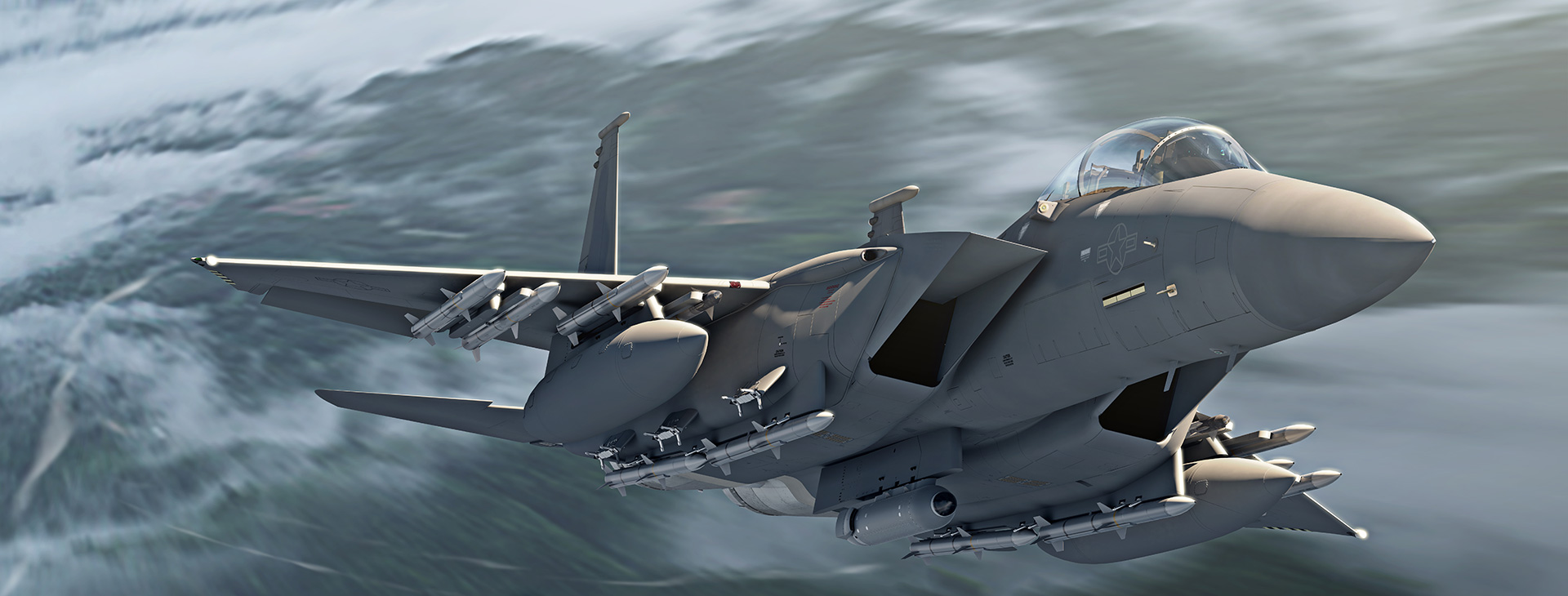

The upcoming multinational air exercise Tarang Shakti in August 2024 will see the participation of the United States Air Force (USAF), with the F-15E Strike Eagle taking centre stage. This deployment holds particular significance for India, as Boeing has offered the F-15EX, a more advanced variant of the F-15E, for the Indian Air Force’s (IAF) Multi-Role Fighter Aircraft (MRFA) tender.
While the F-15E participating in Tarang Shakti isn’t the exact variant offered for the MRFA, it provides a valuable opportunity for the IAF to witness the Strike Eagle’s capabilities firsthand. The F-15E boasts a proven track record as a dual-role fighter bomber, capable of air-to-air combat and long-range precision strikes.
Continue readingSOURCE: RAUNAK KUNDE / NEWS BEAT / IDRW.ORG

India’s efforts to develop a Laser Ordnance Disposal System (LORDS) have seen some progress, with the Acceptance of Necessity (AoN) granted for two variants: LORDS-N and LORDS Mk1. However, details regarding their current deployment status remain undisclosed.
LORDS is a Directed Energy Laser System designed to neutralize unexploded ordnances (UXOs), surface-laid mines, improvised explosive devices (IEDs), and other above-ground explosive threats. This innovative system operates from safe stand-off distances ranging from 30 to 250 meters, safeguarding personnel from the dangers of bomb disposal.
Continue readingSOURCE: RAUNAK KUNDE / NEWS BEAT / IDRW.ORG
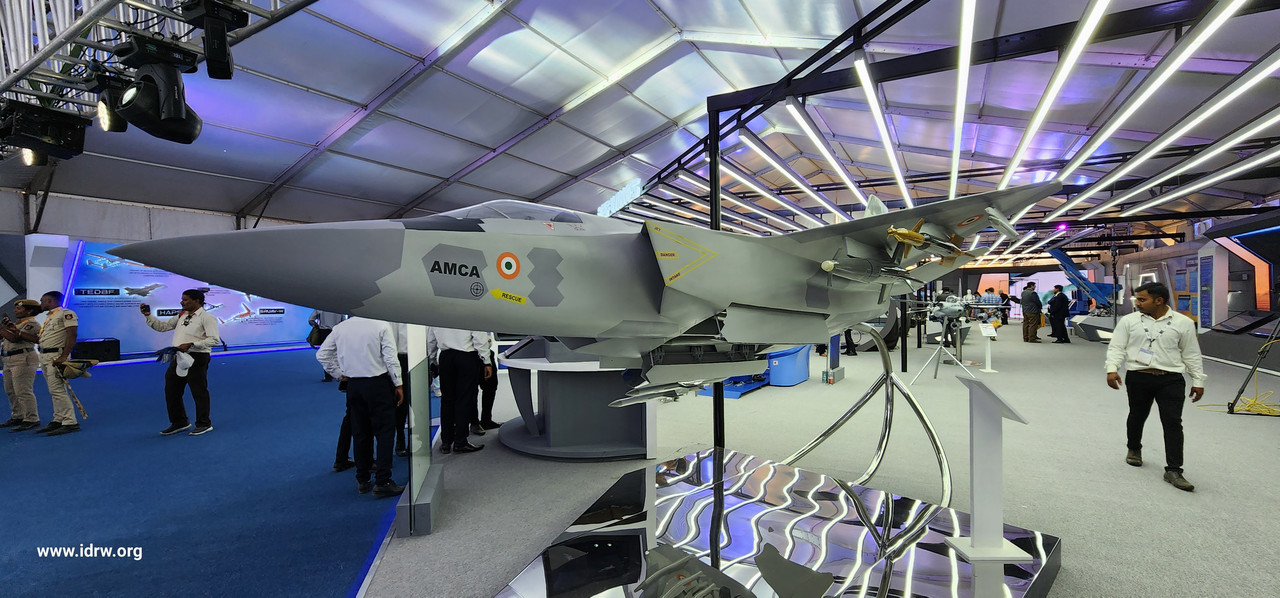

The Aeronautical Development Agency (ADA) under DRDO has achieved a significant milestone in the development of India’s indigenous 5th-generation fighter jet, the Advanced Medium Combat Aircraft (AMCA). Dr. Samir V. Kamat, Secretary DD(R&D) and Chairman of DRDO confirmed that the crucial process of stealth shaping for the AMCA has been finalized.
Dr. Kamat emphasized the importance of shaping in achieving low radar cross-section (RCS), a defining characteristic of stealth aircraft. He explained that roughly 70% of a fighter jet’s stealth capability stems from its shaping, with the remaining 30% contributed by specialized materials.
Continue readingSOURCE: RAUNAK KUNDE / NEWS BEAT / IDRW.ORG
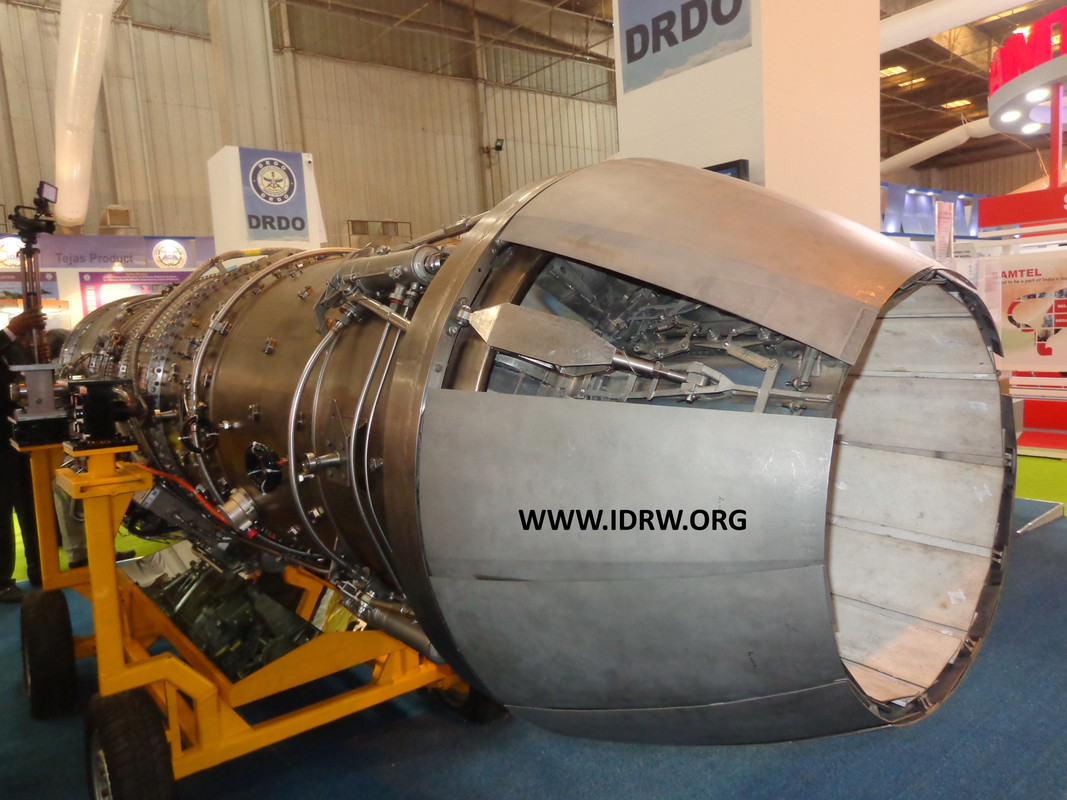

In a major advancement for India’s indigenous jet engine program, the Kaveri derivative engine, which is being designed to be mated with a new afterburner module, is set to see a significant reduction in weight.
The Defence Research and Development Organisation (DRDO) has made notable strides in the development of the Kaveri derivative engine. Through meticulous engineering and innovative design, the weight of the engine, along with the afterburner section, has been reduced from earlier prototypes. The current combined weight stands at approximately 1180 kg, down from 1235 kg, and significantly less than the initial prototypes which weighed over 1400 kg.
Continue readingSOURCE: RAUNAK KUNDE / NEWS BEAT / IDRW.ORG


The Naval Science and Technological Laboratory (NSTL) of India has made significant progress in bolstering the country’s anti-submarine warfare capabilities. Their indigenously developed Advanced Light Torpedo (ALWT) is set to be integrated with the P-8I maritime patrol aircraft, significantly enhancing India’s aerial anti-submarine defence.
The ALWT is a lightweight, dual-speed torpedo designed for launch from various platforms, including ships, helicopters, and now, fixed-wing aircraft. Previously, NSTL had successfully tested an air-launched torpedo prototype in 2021 using the Il-38 maritime patrol aircraft fleet, which has since been retired.
Continue readingSOURCE: RAUNAK KUNDE / NEWS BEAT / IDRW.ORG
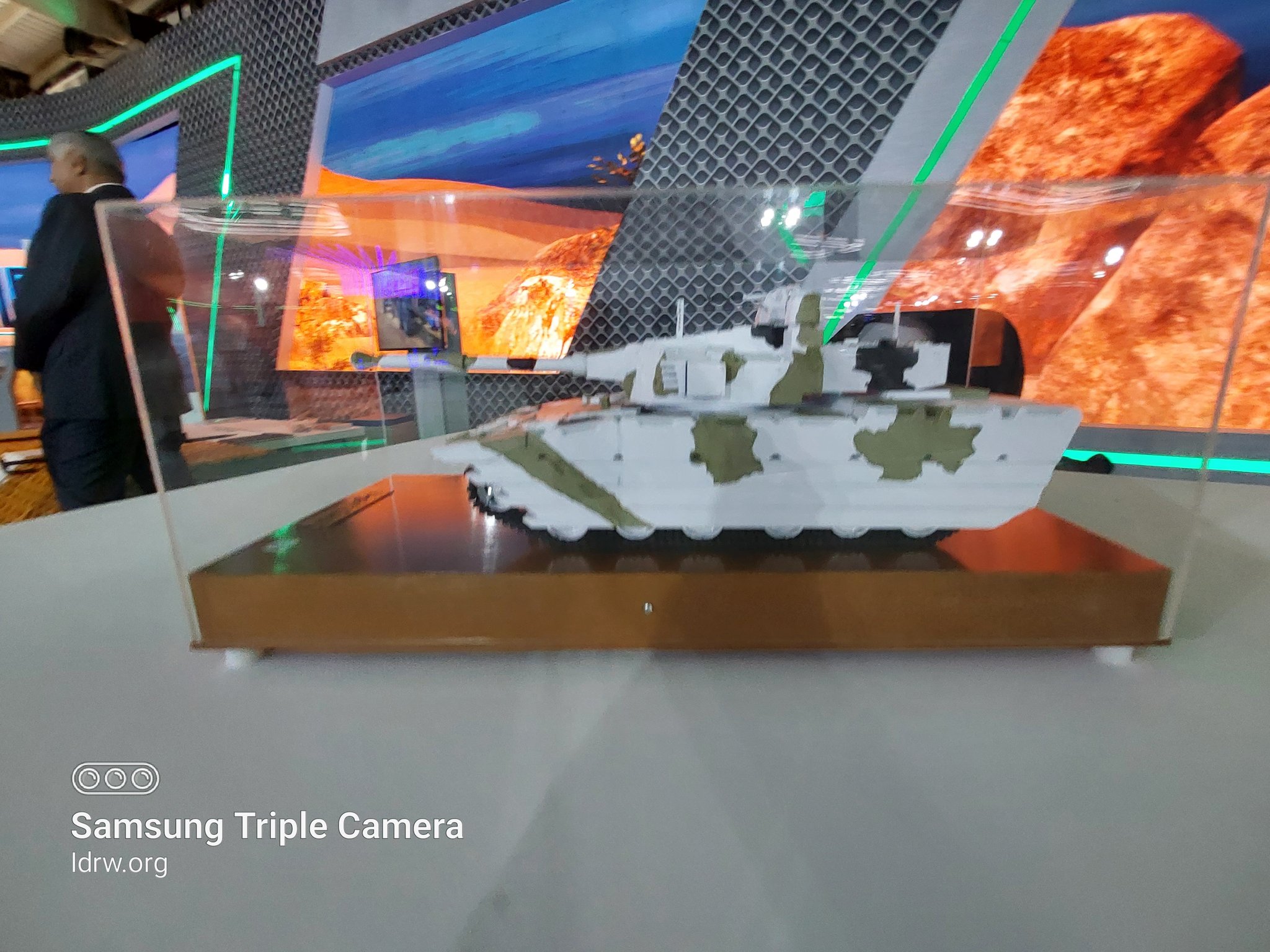

Dr. Samir V. Kamat, Secretary of Defence Research and Development (DD R&D) and Chairman of the Defence Research and Development Organisation (DRDO), has provided a significant update on India’s ambitious Light Tank program.
According to Dr Kamat, the internal development trials for the Light Tank, which began earlier this year, are expected to conclude within the next one to one and a half years. Following these trials, the tank will be offered to the Indian Army for user trials, with hopes for induction by 2027.
Continue readingSOURCE: RAUNAK KUNDE / NEWS BEAT / IDRW.ORG


Armenia is expanding its defence procurement strategy by looking to secure a wider array of military products from India, including advanced military drones and midrange surface-to-air missiles. As reported by idrw.org, Armenia has already acquired the Akash 1S Surface-to-Air Defense System and is considering additional systems such as the Indo-Israeli Medium-Range Surface-to-Air Missile (MR-SAM) and the Akash-NG Medium-Range Surface-to-Air Defense System.
While India is yet to commence the delivery of the Akash 1S system to Armenia, these deliveries are expected to begin next year. The Akash 1S is a sophisticated air defence system capable of targeting aircraft up to 30 km away, providing a robust shield against aerial threats.
Continue readingSOURCE: RAUNAK KUNDE / NEWS BEAT / IDRW.ORG
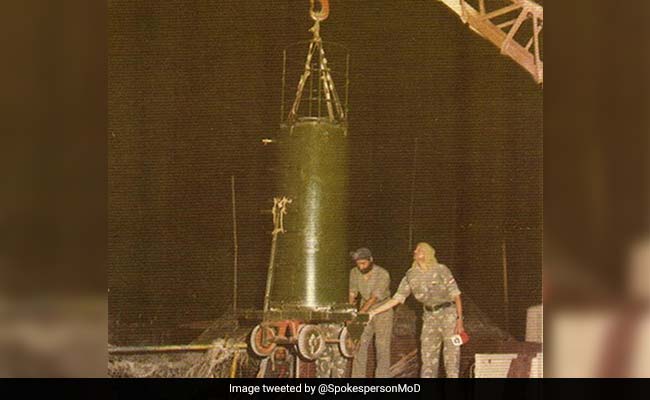

The Stockholm International Peace Research Institute (SIPRI) has released its annual assessment of nuclear weapons across the nine nuclear-armed states: the United States, Russia, the United Kingdom, France, China, India, Pakistan, North Korea, and Israel. According to SIPRI’s latest report, India’s nuclear weapons inventory is estimated to be around 172 stored warheads, including its military stockpile. This represents an increase of eight warheads from the 2023 estimate of 164 units.
For the first time in over two decades, SIPRI estimates that India’s nuclear stockpile exceeds that of Pakistan. The 2024 estimate positions Pakistan’s nuclear arsenal at approximately 170 warheads. This development marks a significant milestone in the regional nuclear dynamics between the two neighboring countries. Notably, India’s nuclear inventory does not include tactical nuclear weapons, which are designed for use on the battlefield and are a key component of Pakistan’s nuclear strategy.
Continue readingSOURCE: RAUNAK KUNDE / NEWS BEAT / IDRW.ORG


Dr. Samir V. Kamat, Secretary DD(R&D) and Chairman of the Defence Research and Development Organisation (DRDO), recently announced a significant milestone in India’s aviation capabilities. The country’s ambitious 5th-generation fighter jet program is expected to be ready for production by 2033-34, with induction into the Indian Air Force (IAF) slated for 2035 onwards.
The Advanced Medium Combat Aircraft (AMCA) is set to be India’s next-generation fighter jet, a considerable leap ahead of the current Tejas MkII and Mk1A. The AMCA program promises to bring a host of advanced technologies and capabilities to the IAF, positioning India among the few nations capable of developing and deploying 5th-generation fighters.
Continue readingSOURCE: RAUNAK KUNDE / NEWS BEAT / IDRW.ORG


India’s Defence Research and Development Organisation (DRDO) is planning further tests of the SAAW-V2, an indigenously developed smart weapon. The SAAW-V2 is a 120 kg class, a high-precision weapon designed to engage ground targets at a range of up to 100 kilometres. According to a Ministry of Defence (MoD) statement released in New Delhi, the weapon successfully underwent two different configurations based on satellite navigation and electro-optical sensors in 2021.
This previous round of testing marked a significant milestone, as it included the country’s first-ever electro-optical seeker-based flight test for a bomb of this class. The electro-optic sensor itself is another testament to India’s growing Indigenous defence capabilities.
Continue reading